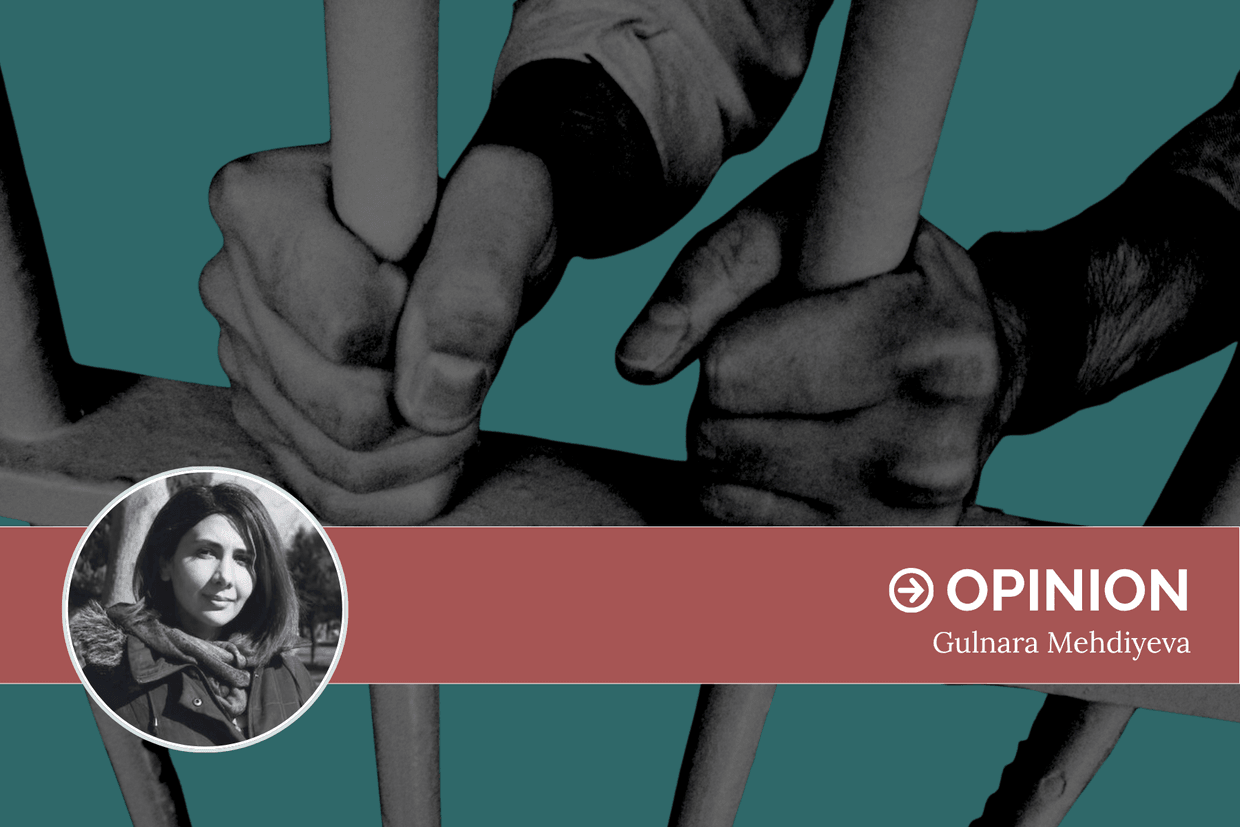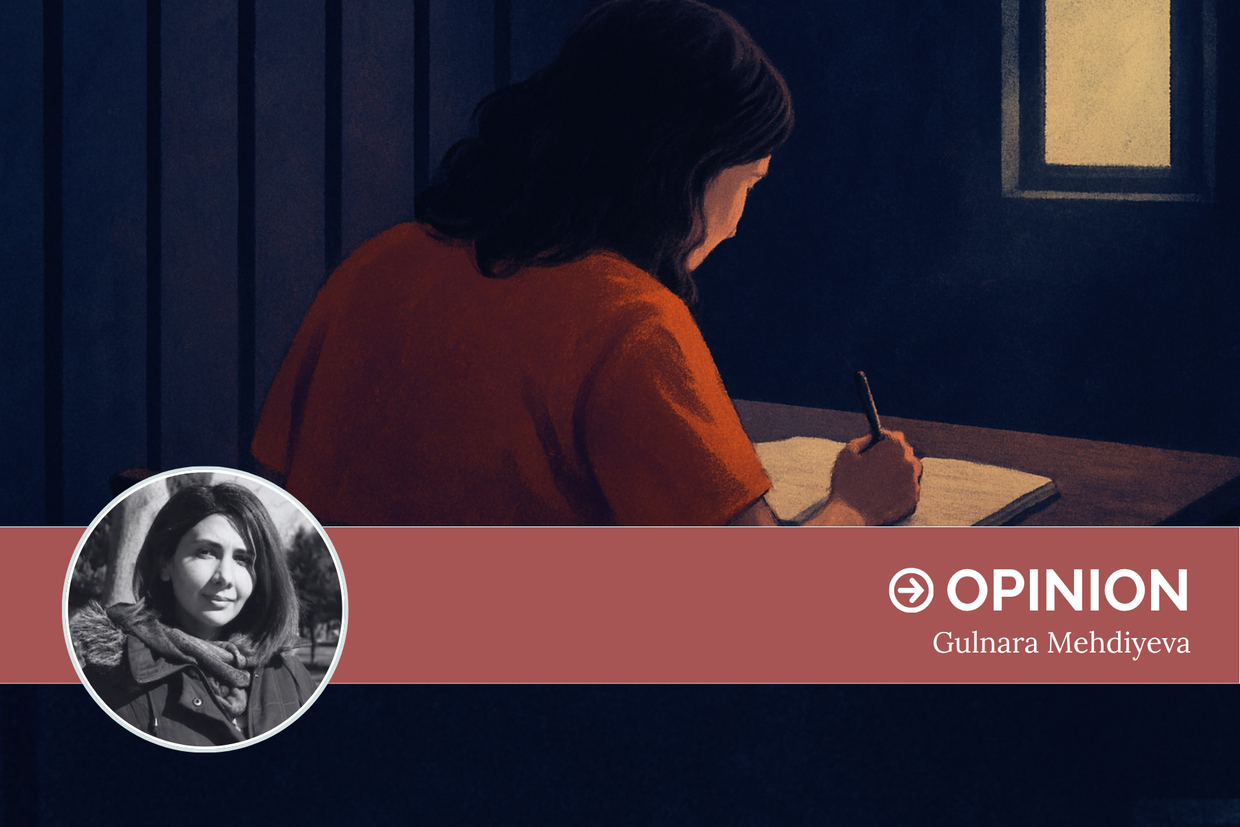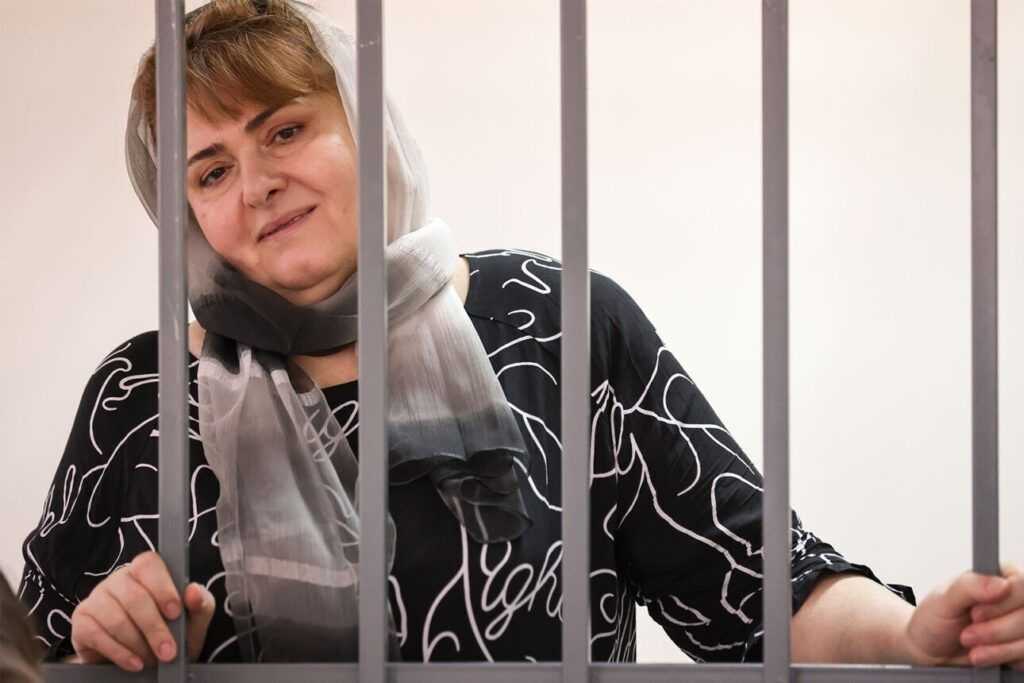Opinion | The state’s punitive reflex won’t save Azerbaijani women from femicide and abuse
Harsher sentences for the killers of women won’t bring them back to life — but more proactive prevention might save them.

On 19 September, MP Tamam Jafarova stood before the parliamentary committee on family, women and children and argued that Azerbaijan needs to revisit its domestic violence law, invoking, among other ideas, the prospect of life sentences for femicide. Pro-government outlets amplified the message the same day: tougher statutes, harsher punishment, stronger retribution.
During the same parliamentary session, MP Ilham Mammadov urged that the law on early marriage be tightened — a parallel call for more prohibition and punishment rather than services and prevention.
Together, these signals illustrate a broader pattern: when it comes to women and children, the state reaches first — and often only — for punitive measures, centered on bans and arrests, as solutions.
This impulse is not new. In July 2025, a blanket ban on cousin marriages took effect, blocking unions between people who share biological grandparents and signalling not just fines, but more serious legal consequences. It was sold as a public health and morals fix, yet it is archetypally prohibitive: regulating intimate choices without tackling the social conditions that shape them. Earlier, in late 2023, lawmakers also tightened domestic violence penalties by introducing administrative arrest for violations of domestic violence legislation — again doubling down on punishment rather than services.
Clearly, Azerbaijan’s legal architecture is rich in bans and penalties — but it is impoverished in the very supports that would keep women alive long before a murder is committed.
Let’s start with data the government itself cites. According to figures reported from the State Statistics Committee, 1,471 people were registered as victims of domestic violence crimes in 2024; 83.5% were women. Officially, 29 women died as a result of domestic violence that year. In 2023, officials recorded 49 women killed in family-household conflicts. These are not abstract numbers; they are a ledger of preventable deaths.
And yet, when a woman is killed, no sentence, however long, restores her life. The only meaningful success metric is prevention. That requires infrastructure and services, not only statutes. The global evidence points the same way: the home remains the most dangerous place for women and girls, with the majority of murders of women committed by partners or family members. Prevention means intervening upstream — long before a court ever pronounces a sentence.
On paper, Azerbaijan appears to have made some progress. In early 2025, the authorities publicised procedures for issuing short-term protection orders within 24 hours and reviewing complaints within five days, even when no criminal offence has yet been established.
But while officials may proudly note Azerbaijan’s ‘improved’ domestic violence framework, lived reality says otherwise.

Investigations and monitoring over the past years, by legal scholars, international organisations, and journalists, consistently describe under-implementation: police treating abuse as a ‘private matter’, protection orders that are hard to obtain and weakly enforced, and courts unfamiliar with or reluctant to apply the law. Survivors report being sent back to abusive homes, shelters are scarce, and corruption or bureaucratic inertia can neutralise complaints. An emblematic case reached the European Court of Human Rights (ECHR) in 2024, which had to order Azerbaijan to protect a woman amid failures to secure her safety during proceedings against her abuser.
Most damning: for a country of about 10 million, only a total of 175 survivors of domestic violence can be sheltered at one time. Where should a mother with children go tonight if she flees? A survivor needs keys, cash, childcare, counselling — what good is the state’s answer of criminal punishment to her?
Punitive measures are politically seductive. They are legible, headline-friendly, and cheap in the short run. A parliamentary speech about life sentences takes minutes; building a network of safe housing, legal aid, and trauma-informed services takes budgets, staff, and accountability.
But the carceral reflex misdiagnoses the problem. Domestic violence is a continuum, not a single crime event. Women are killed at the end of a chain that often includes economic dependency, social isolation, systemic disbelief by authorities, and a dearth of exit options. International evidence, even global UN reviews, show the home is often the most dangerous place for women, and that many victims of femicide sought help before they were killed. If help is a hotline that doesn’t pick up, a police desk that shrugs, or a protection order no one enforces, the state has already failed.
Similarly, while supporters of the cousin-marriage ban argue it will reduce birth defects and protect children, the measure in fact polices intimate choices without addressing why people enter such unions — limited socialisation, constrained mobility for women and youth, and lack of safe public spaces to meet non-kin partners. A ban does not expand choices; it simply criminalises one of the few available options for people with no options. Even local commentary had to clarify how the ban would be applied and what penalties loom — another sign the state is leading with the stick, not the scaffolding that would widen life chances.
While MPs debate life sentences, activists used to do the unglamorous work of keeping women alive: scraping together emergency rent, accompanying survivors to police, chasing protection orders that don’t protect, paying for private therapy, and negotiating exits for mothers with children. Since the late-2023 crackdown on civil society, most independent initiatives have been shuttered and many activists are in exile. Even these basic lifelines have withered under pressure, leaving survivors with fewer places to turn — an indictment of a state that promises ‘order’, criminalises dissent, and still fails to fund the services that prevent murder.
If the government truly wants women to live, it must fund survival — build shelters now so a mother has a door she can walk through tonight; make protection orders real and enforced within 24 hours; send social workers into neighbourhoods, schools, and clinics; count what matters with a public femicide/domestic violence dashboard and independent reviews; and, if it wants fewer cousin- or early marriages, open other paths with safe youth spaces and real work and housing prospects.
Just as crucial, the government must give women the power to leave before the first punch: guarantee decent wages, end hyper-exploitative ‘flexible’ jobs, expand affordable childcare with extended hours, provide rent support and access to safe apartments, enforce child support automatically (not after years of chasing bailiffs), create pathways into decent jobs tied to real vacancies with protections against employer retaliation, and get information to women in plain language via hotlines that actually pick up. Do this, and when the moment to leave comes, women will see a life on the other side of the door — not a cliff.
Until then, ‘tougher penalties’ are just headlines stapled to funerals. None of this requires abandoning criminal law. It requires balancing it with the social state — something conspicuously missing today.

Yes, violent men must face consequences. But the fact that our public debate keeps orbiting around sentences reveals a deeper complacency. Life sentences for femicide, by definition, arrive after a woman’s death. A ban on certain marriages does not generate the social capital young people need to choose differently. The carceral state is loud, but it is also late.
Azerbaijan likes to present each new penalty as ‘modernisation’. Real modernisation is a woman who can leave tonight, sleep safely with her children, and wake up to a caseworker — not a judge — who helps her build a new life.
Until the government funds that reality, femicide statistics will keep oscillating within a tragic band. Even official numbers show a stubborn baseline of death and injury — and civil society’s experience shows a long queue of near-misses that never make it into the press.
If lawmakers want a legacy beyond speeches and bans, they should start by budgeting for shelters and services, enforcing the protection orders they advertise, and measuring themselves not by how many people they imprison, but by how many women never need a prison to be safe.










